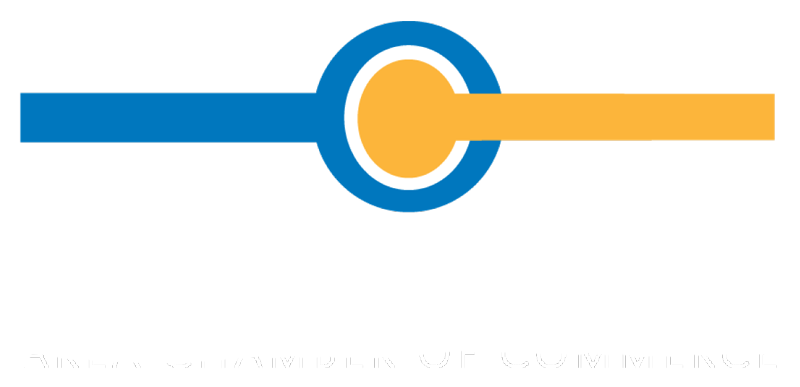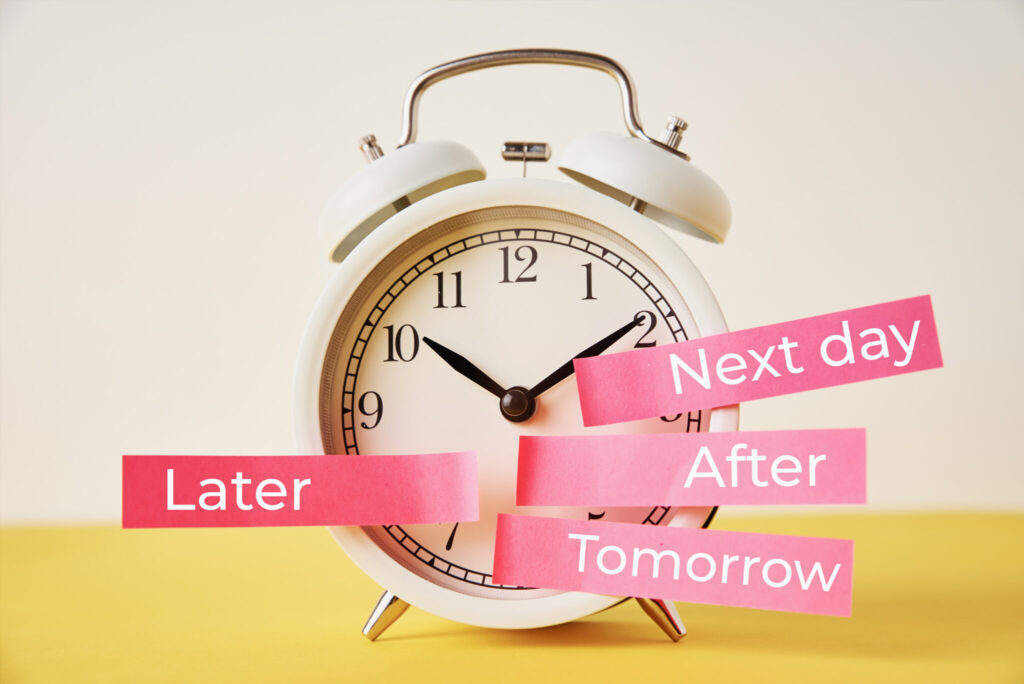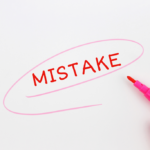Procrastination—Is It What You Think It Is?
Contributed by Idea Collective Member:

Julie Miller Davis
Productivity Coach | Corporate Speaking | Productivity Training
Many of us procrastinate. We put things off because they are unfun or unsexy.
Or because they’ll take too long, or we don’t feel like doing them. We put off everything from phone calls to emails to bookkeeping or even sending invoices. These are the things we REALIZE we’re procrastinating on.
Did you know there are two types of procrastination?
Active and Passive. Both can hurt us, but Passive hurts us more—and we may not even know it.
ACTIVE PROCRASTINATION
Active procrastination is when we CONSCIOUSLY decide to put something off by engaging in something else. For instance, I might decide to go watch TV rather than making phone calls. Or perhaps I’ll decide to clean the kitchen instead of writing the article I am supposed to write for the month. What happens in Active procrastination is that we decide to not do the necessary thing and engage in (mostly) time wasting activities. Often these are smaller tasks that eventually need to be done because they may or may not have a deadline of some sort.
PASSIVE PROCRASTINATION
Passive procrastination happens when we are engaged in so many things at one time that we cannot get to things that would truly move us forward. They are generally bigger tasks that don’t affect the day-to-day running of our businesses but could change everything if we did them. I had a client a few years ago who wanted to launch a writer’s workshop into her book coaching business. She had all the materials gathered and had even taken a course on how to conduct the class. However, she hadn’t put everything together or started marketing it. She was stuck, which is the form of procrastination I’m talking about. The project felt too big, and she didn’t feel like she had time to put all the modules together because she was already so busy. Once she hired me, we created an implementation plan and integrated my JMD Reverse Chunking system, and she was able to get the project going. Something she had been sitting on for over two years was launched in a matter of a few months!
What are you sitting on that you’ve been meaning to or wanting to get to because it could catapult your business, add clients, or position you further as an expert? I know that some of you have been thinking about launching a podcast or a newsletter for months or even years! Maybe you’ve been wishing you could get that webinar launched or that course up and running. Don’t let those things run amok in your head! The first step is to get them written down.
So why do we passively procrastinate? As I alluded to above, there are a few reasons. The THING feels too big and it will take too long, so you don’t start. You think to yourself, “As soon as I get through X, Y, and Z, I will get to it.” The problem is, there is always another X, Y or Z. The other reason is that you don’t know WHERE to start or HOW to start. So instead of just starting, you keep putting it off. Again, you think it’s just too big of a project. Where do you even begin? The third reason passive procrastination happens is that we wrongly assume that something we are wanting to integrate or implement must be completed in one fell swoop. If we start today, we must finish today, or at least within the next week. These are all stories you’re telling yourself and can all be overcome with a simple system.
What is that system? It’s the JMD Reverse Chunking system. But before employing the system, it’s important that you identify the thing you want to get done and WHEN you’d like it done by. The end date is the only way this system works. Even though these things you’re going to implement do not have a firm due date, you must create one to help formulate the structure to get it done.
Once you have the due date, make a list of all the steps you need to complete to get the result. From there, you’re going to REVERSE CHUNK your steps. Decide how much time you need to get each step done and create a due date for each step. Finally, put time IN YOUR CALENDAR to work on each step.
I have had so many clients use this system who have successfully implemented things they’ve put off for months and years! I hope this gets you into action and out of that Passive Procrastination mode. It’s time to get going and get growing.

Contributed by
Julie Miller Davis
Productivity Coach
Julie Miller Davis is a driven entrepreneur who serves others by helping them reach their own levels of excellence. She works with business owners and leaders to get them laser-focused and efficient at conducting their daily business and working through their current roadblocks.






